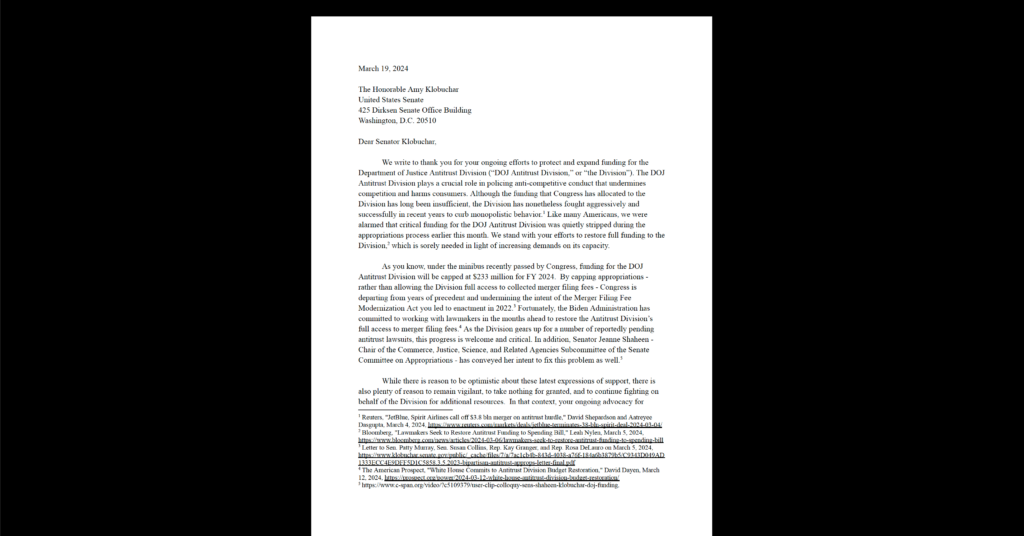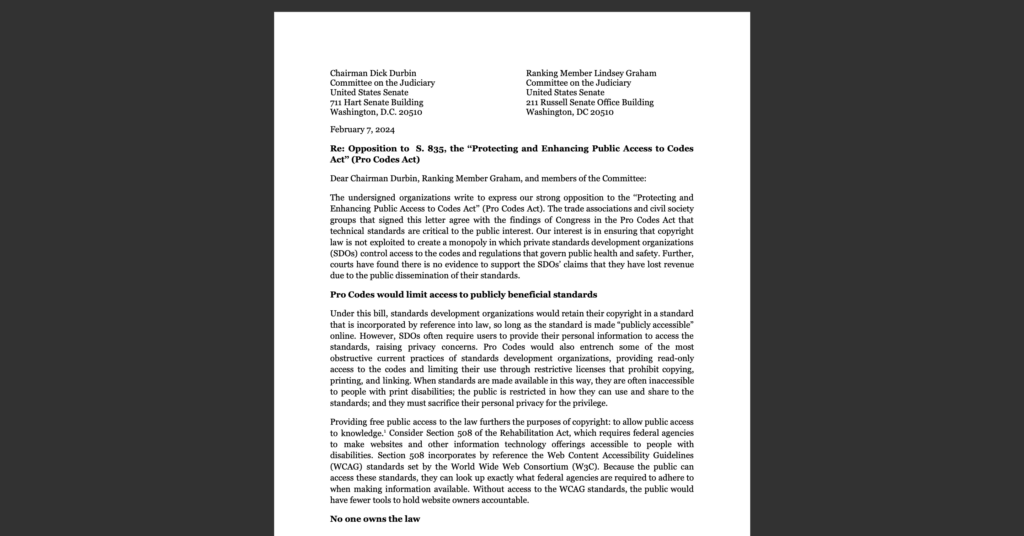iTunes Drops DRM
Yesterday, Apple made a major but not entirely unexpected announcement that likely amounts to the last goodbye to digital rights management in the for-purchase digital music market. Beginning immediately (the full transition will take into the early spring), Apple will offer all iTunes tracks in the high-quality DRM-free format it calls “iTunes Plus.” Until now, the only major label supplying tracks in this format was EMI, under a deal struck in the spring of 2007.
With the advent of iTunes Plus for EMI tracks and the launch of the AmazonMP3 and other DRM-free digital music outlets, it has been apparent for some time that the days of DRM in digital music purchases were numbered. However, while the removal of DRM from iTunes – still far and away the dominant digital music retailer – is certainly significant, it does not signal by any means the end of DRM in general, forms of which might indeed be more appropriate (and be met with less resistance) in other contexts. It seems in order to get the remaining three major labels on board with DRM-free sales, Apple had to concede to tiered pricing, which the labels have been demanding for some time. Tracks will cost $1.29, $.99, or $.69. Most full albums will remain $9.99. While some consumers might miss the simplicity of the one-price model, more demand-responsive pricing is arguably a good thing, and the new tiering structure isn’t overly complicated.
In some respects, the demise of DRM for for-purchase digital music should not be a surprise. Digital music without DRM is readily available to consumers on the CDs they buy. Having music downloads, a similar transaction, come with more restrictions – for example, limitations on transferring songs between devices or on burning mix CDs – therefore violated established consumer expectations. (In fairness, Apple’s FairPlay system didn’t do too bad a job addressing some of these concerns to a substantial degree.)
However, as CDT has argued, in cases where DRM facilitates innovative services rather than limits consumer choice, objections might not be as well-founded or severe. For example, an Internet movie rental would cease to be a rental without some sort of built-in copy-protection or expiration, and consumers expecting a rental would likely be comfortable with such a technical restriction. Likewise, subscription-based music services must employ some technical means to ensure that access to music expires when the subscription does. Problems arise when users don’t end up getting what they think they paid for. Therefore, questions of transparency, consumer expectations, collateral impact, and the degree to which consumer choice is facilitated or inhibited are critical to the development of appropriate DRM systems.
For more on evaluating DRM systems, see CDT’s white paper, “Evaluating DRM: Building a Marketplace for a Convergent World.”


